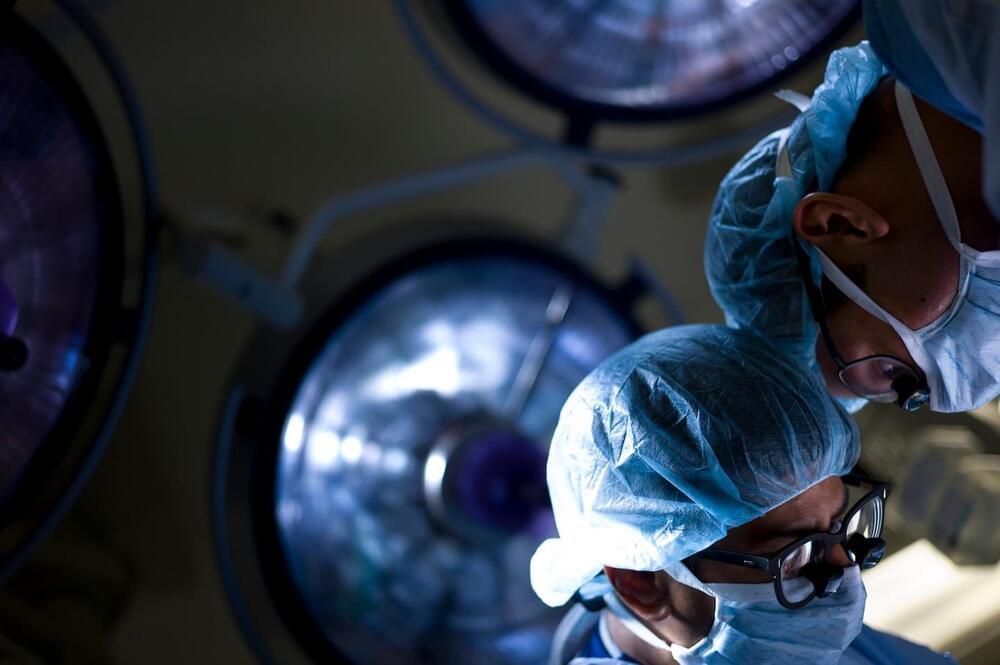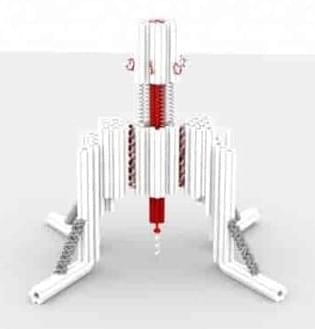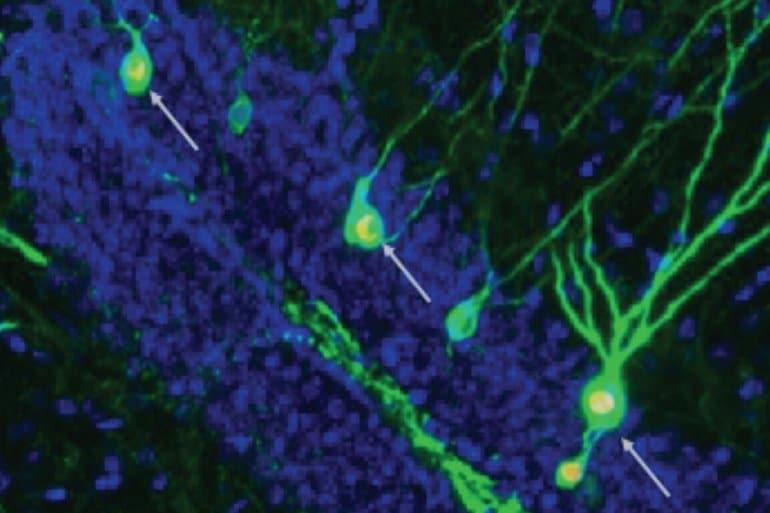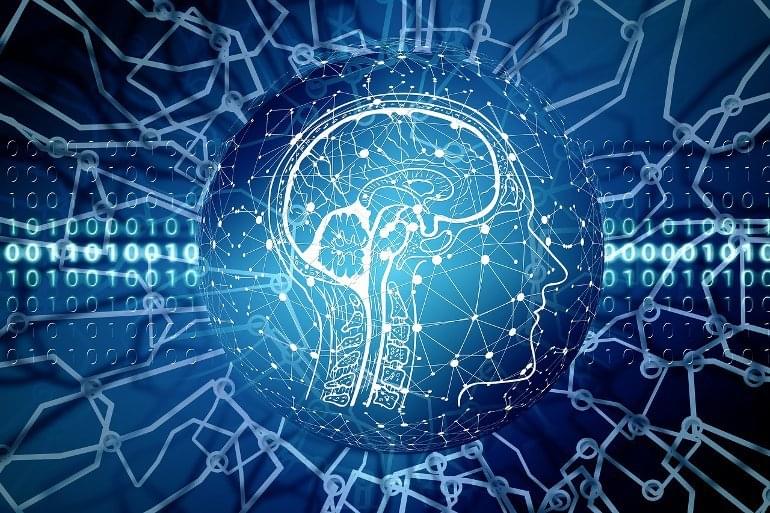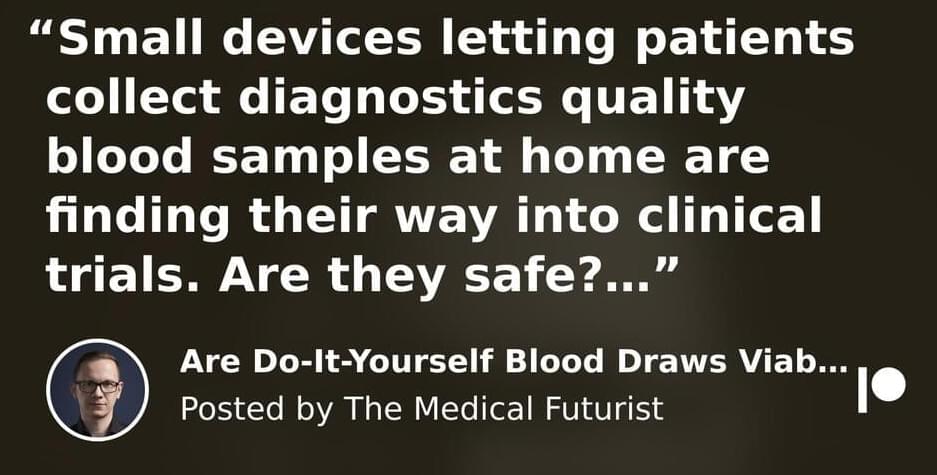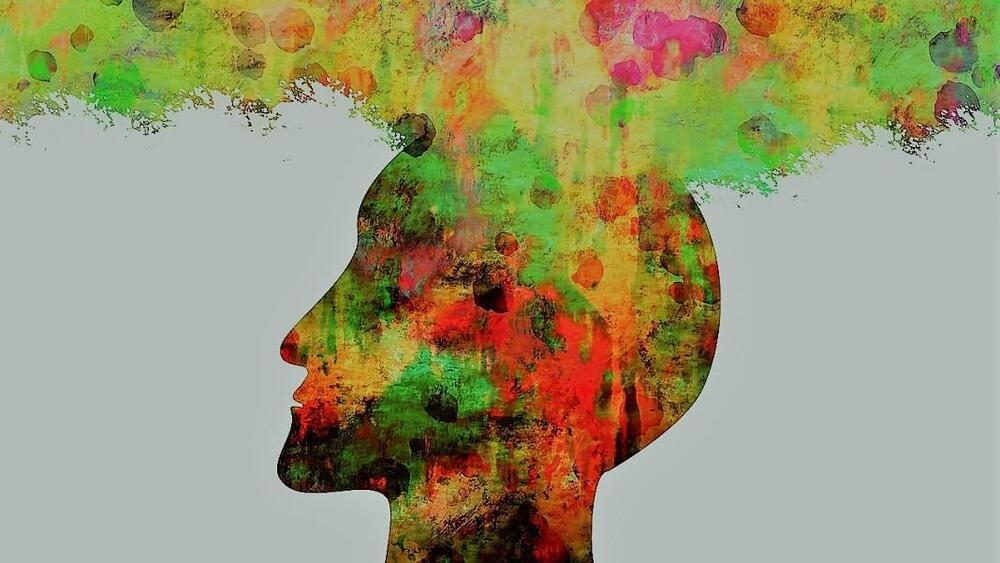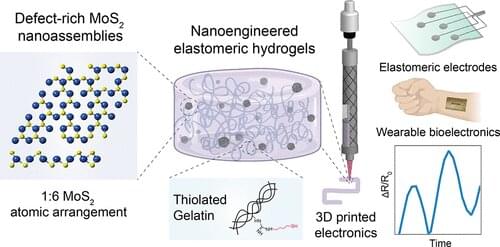Hui Li, PhD, a Department of Pathology researcher, along with his team discovered that a gene responsible for the deadliest type of brain tumor is also found to be responsible for two forms of childhood cancer. The new discovery may open the door to the first targeted treatments for two types of rhabdomyosarcoma, a cancer of the soft tissue that primarily strikes young children. Research also suggests the gene may play an important role in other cancers that form in muscle, fat, nerves and other connective tissues in both children and adults. Hui Li, PhD, and team published their findings in the scientific journal PNAS.

